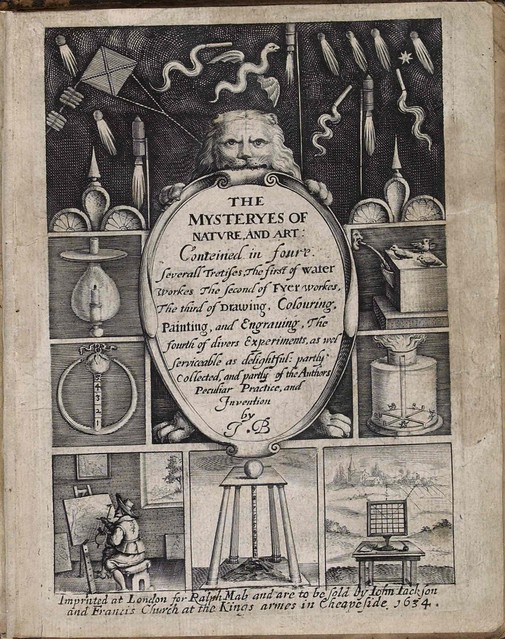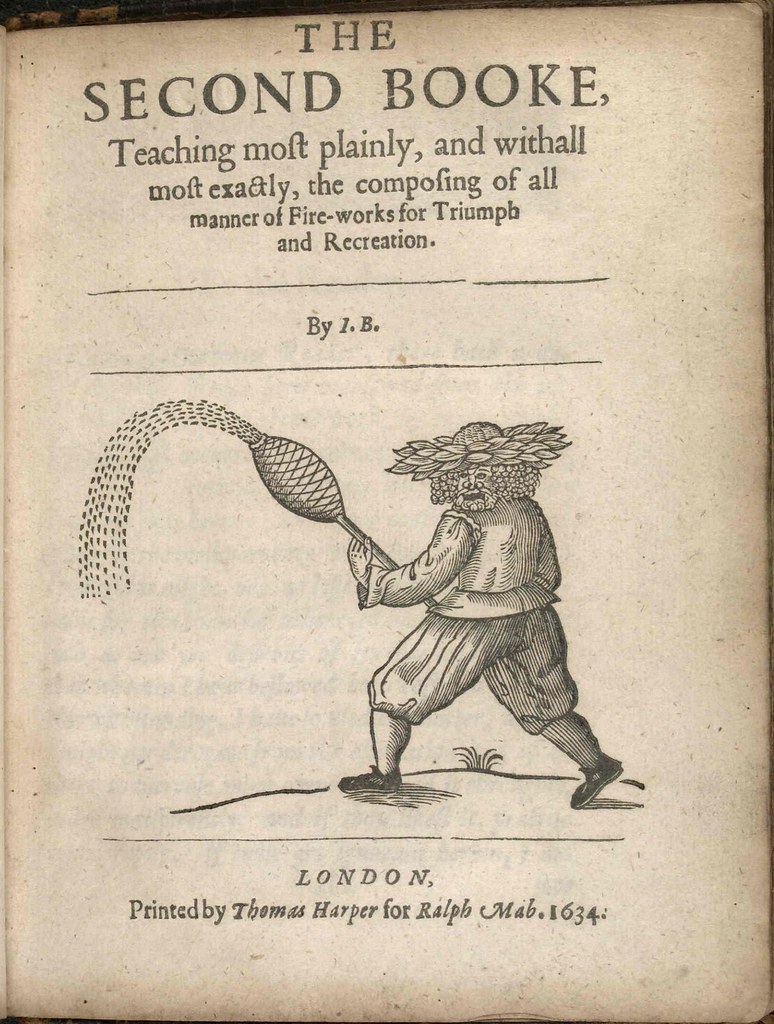from 'Kunst en Samenleving', 1894











Gerrit Willem Dijsselhof (1866–1924) was one of the earliest protagonists of the Art Nouveau movement (Nieuwe Kunst) in Holland, having studied fine arts at academies in The Hague and Amsterdam.
He came to prominence with a series of sketches of fish and underwater scenes inspired by visits to the Amsterdam zoo aquarium. Preserving these scenes in misty, dreamscape oil paintings was one of his life-long artistic projects. Dijsselhof was also a versatile artist who worked in glass, textiles and furniture design at various stages in his professional career.
The charming and imaginative book illustrations seen above were prepared for a translation of Walter Crane's 1892 art textbook, 'The Claims of Decorative Art' [published as: 'Kunst en Samenleving', 1894]. The motifs were inspired by the fauna from the Dutch countryside and these vignette subjects - peacocks, frogs &c - also corresponded with themes running through the text of Crane's chapters.
The woodcut headings (see below for how they appear on the full page) were printed in black ink and Dijsselhof later painted (at least?) one complete set with tastefully restrained watercolours for a specific buyer from the first print-run of 500 copies. There were a couple of editions (the web translation of the background is confusing) issued during a 10-year period, with the illustrations later rendered onto metal plates for cheaper/easier printing. The printer would ultimately use the illustrations again and again in children's books and magazines.
- 'Kunst en Samenleving' is available in both html and flash formats from the National Library of The Netherlands. (the images in this blog post come from screen shots from the flash version)
- Gerrit Willem Dijsselhof from The Linosaurus.
- 'lion-cachet & dijsselhof & nieuwenhuis, oh my! (the calendars)' at Japonisme.
- W: Gerrit Willem Dijsselhof, Walter Crane, Art Nouveau.
- 'Dutch Art Nouveau and Book Design 1892-1903' by Ernst Braches, 2009.




































